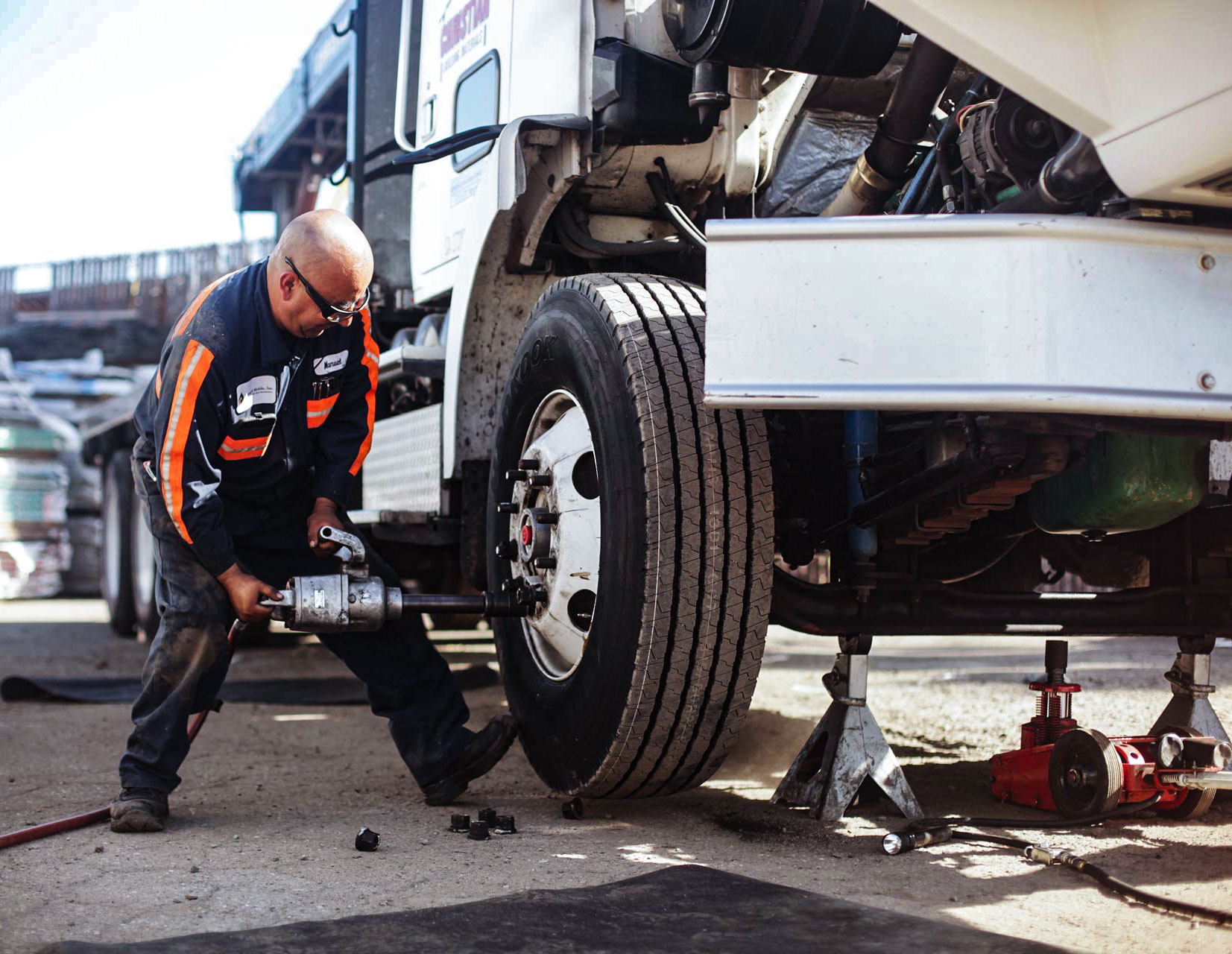Get Road-Ready with Specialist GMC Tires Service at Morris Tires
Get Road-Ready with Specialist GMC Tires Service at Morris Tires
Blog Article
Tire Solution: The Influence of Climate Condition
When it comes to guaranteeing ideal efficiency and security on the road, recognizing the impact of weather condition problems on tire solution is essential. GMC Tire Service. In this discussion, we will certainly discover the complex connection in between climate problems and tire service, shedding light on the significance of weather-specific tire upkeep methods and considerations.
Warmth and Tire Efficiency
When subjected to high temperatures, tires experience changes in performance that can significantly influence car safety and security and handling. The heat generated from prolonged driving or warm climate conditions creates the tire rubber to soften, leading to minimized walk life and increased wear.

Winter Impacts
Winter problems can have a substantial influence on tire efficiency and safety and security. As temperature levels decrease, tire rubber can set, leading to reduced grip on icy or snow-covered roadways. In cool weather, tires may additionally lose air stress extra quickly, which can impact taking care of and gas efficiency. Additionally, cool temperatures can create tire sidewalls to stiffen, enhancing the threat of damages from craters or other road hazards.
To minimize the effects of cool weather condition on tires, it is essential to regularly check tire pressure and inflate them to the manufacturer's advised levels. Making use of winter months or all-season tires designed for chilly climate conditions can additionally boost grip and grasp on icy or snowy roadways. Correct tire maintenance, including routine evaluations for wear and damages, comes to be much more important during chillier months to guarantee optimum efficiency and safety.
Rainy Conditions Impact
During rainy conditions, tire efficiency and safety can be considerably influenced by the wet roadway surface areas and lowered exposure. The walk pattern of tires plays a critical function in maintaining traction on wet roads. Tires with damaged footsteps are a lot more prone to hydroplaning, where a layer of water develops between the road and the tire surface area, leading to loss of grip. To fight this, chauffeurs should frequently examine their tires for appropriate tread depth and take into consideration buying tires especially made for damp conditions.
Moreover, wet climate can also lower visibility, making it challenging for vehicle drivers to see the road ahead plainly (GMC Tire Service). In such conditions, it is important to readjust driving rates appropriately and preserve a safe complying Extra resources with distance to permit abrupt quits. Correctly filled with air tires can additionally assist in keeping control on damp roadways by providing much better handling and grip
Snow and Tire Safety And Security
When driving in snowy conditions, having the best tires can make a considerable difference in safety and performance. Winter months tires are created with special rubber substances and step patterns to give far better grip on snow and ice contrasted to all-season tires.

It is important to comply with producer instructions when installing and utilizing tire chains to stop damage to the tires and car. By selecting the right tires, preserving proper rising cost of living, and thinking about additional grip help like tire chains, chauffeurs can boost their safety and security when browsing snow-covered roadways.
Weather-Related Tire Maintenance
Weather-related tire upkeep encompasses a variety of practices aimed at making sure optimum tire important source function and long life in various weather condition situations. One crucial element of weather-related tire upkeep is tire pressure policy. Inspecting tire tread routinely and replacing tires when tread wear gets to a particular depth is crucial for keeping traction and stability in negative climate.
Verdict
In conclusion, weather conditions have a considerable effect on tire efficiency and safety and security. From warm impacting tire stress and wear to winter minimizing grip, it is vital to take into consideration the weather condition when maintaining and making use of tires. Stormy conditions can lower hold and result in hydroplaning, while snow can boost the danger of accidents if tires are not correctly outfitted. Weather-related tire maintenance is vital in making certain optimal performance and safety and security on the roadways.
In this discussion, we will check out the intricate connection between climate conditions and tire service, shedding light on the significance of weather-specific tire maintenance practices and considerations.

Report this page